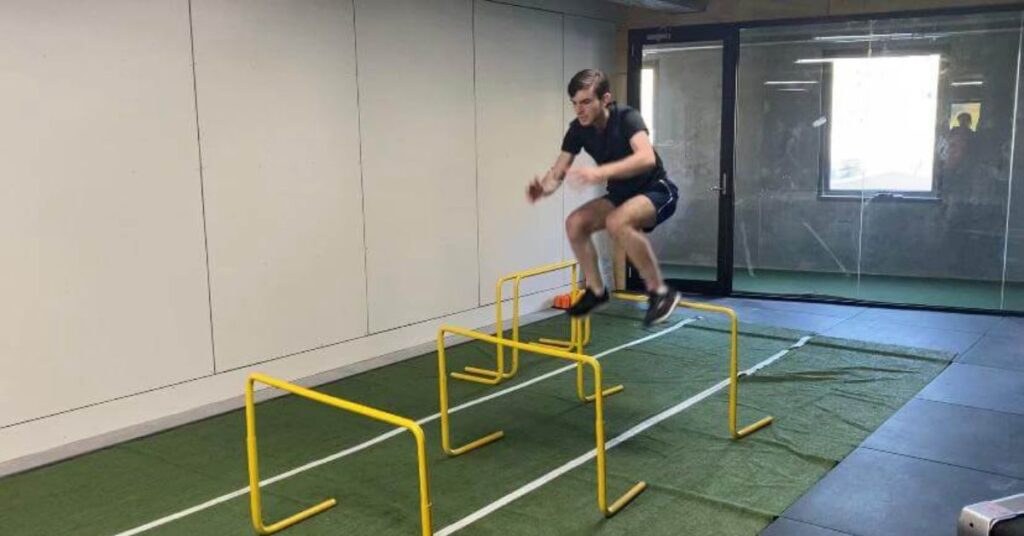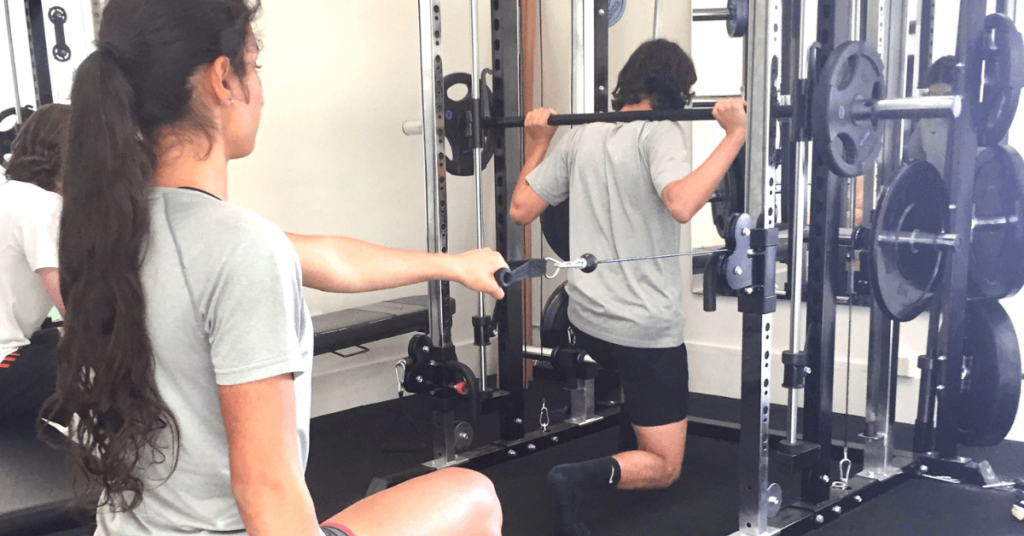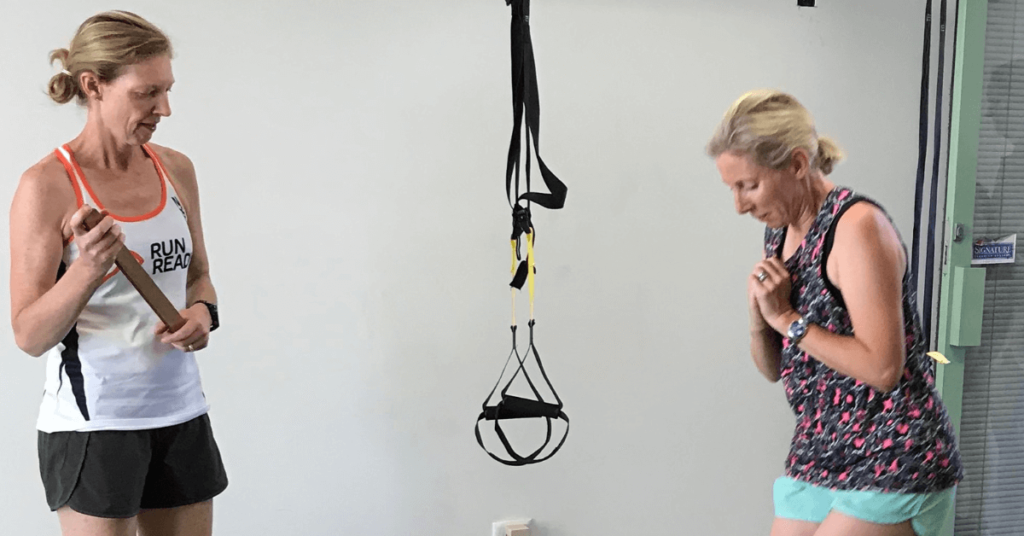Best Strength and Conditioning Exercises for Netball Players
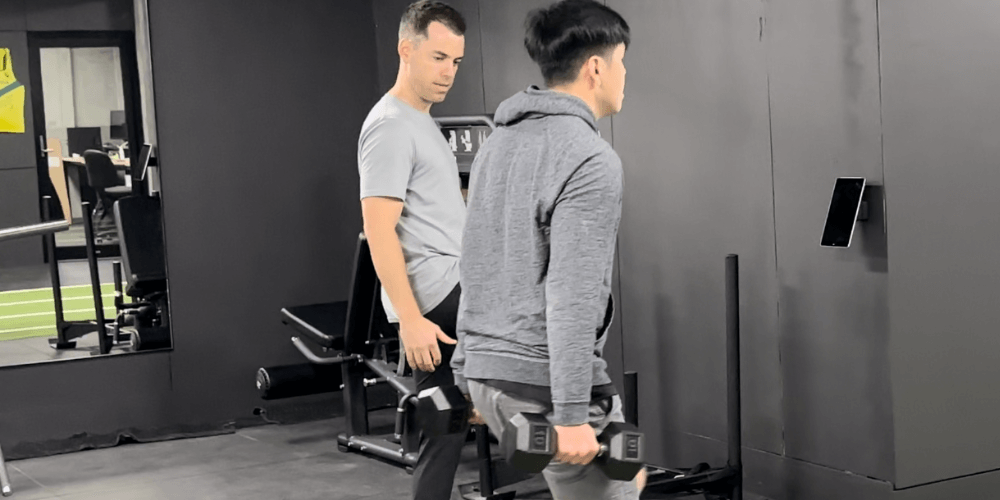
Have you ever wondered what differentiates a good netball player from a great one? It’s not just talent; it’s about the right training. I’ve worked with different athletes long enough to know that strength and conditioning exercises can make all the difference in your game.
You know, like any sport, netball demands a specific set of strengths – not just physical, but mental too. And that’s where the right exercises come in. I’ve seen firsthand how a tailored training program can transform an average player into a powerhouse on the court. But hey, it’s not a one-size-fits-all deal. Your body, your strengths, and your challenges are unique.
That’s why having your trainer is like having a secret weapon. They understand your body, your goals, and your potential. Together, you can build a netball strength and conditioning training workouts that suits you like a perfectly tailored jersey.
Let’s learn more about strength exercises that can help boost netball performance!
Where did Netball originate?
So, how and where did netball begin?
The origins of Netball are said to have come from a simple misunderstanding about basketball rules in the late 1800s. Clara Baer, a sports teacher from New Orleans, misinterpreted basketball rules and stated that players shouldn’t leave designated areas throughout the game! Thus, Netball was born. Netball was officially played first in Madame Ostenburg’s College in England in 1895. The game of Netball arrived in Australia in 1897 until it became official in 1927.
According to Netball Australia, Netball is played by over 20 million people in over 80 countries worldwide and is most popular in Commonwealth nations.
How is netball played?
Netball was originally considered a game solely played by women, but eventually, netball opened its doors to accommodate males in the sport.
The basic goal of netball is to beat the opposing team by scoring more points. Each team is comprised of 7 players, with each player assigned a specific role. There’s a goalkeeper, wing defence, goal defence, wing attack, centre, goal shooter, and someone in charge of goal attack.
A netball game typically lasts 1 hour and is divided into four quarters. Like basketball, the team with the ball possession must run, pass, throw, jump, and catch the ball to shoot it into the opposing team’s ring. The opposing team has to develop effective strategies to prevent the other team from scoring.
Why is strength and conditioning important for netball athletes?
Look, I get it. Netball isn’t just a sport; it’s a way of life.
By watching different netball games, I can tell how it is important for players to be more than ready for the game’s challenges. Netball is fast-paced, demanding, and incredibly competitive. It’s not just about shooting hoops or making passes; it’s about agility, precision, and enduring mental and physical stamina.
And after years of training passionate players and athletes like yourself, I can’t emphasize enough how game-changing strength and conditioning can be.
To help you understand more, here are the benefits of having good strength and conditioning training that we actually witnessed from netball players that we had been training all through these years:
Elevating Game Dynamics:
Imagine yourself on the court, moving with fresh agility and strength. That is the outcome of working on your strength and conditioning. As a seasoned coach, I’ve seen athletes improve from good to exceptional by focusing on these essential aspects of training.
Injury Prevention:
Injuries can be a nightmare, keeping athletes off the field and shattering hopes. But, with the correct strength and conditioning program, you’re preventing injuries and assuring a long, successful career. I’ve witnessed players shift from being prone to injuries to being resilient due to a well-designed training routine and sports rehabilitation support.
Mental Resilience:
Netball isn’t just physical; it’s mental, too. Your confidence and composure in the face of intense pressure and mental resilience are fostered by knowing your body is in peak condition. Strength and conditioning have helped transform players into confident players no matter their pressure.
Personalized Instruction:
No two players are the same. Everybody reacts differently to training. That is why customized strength and conditioning regimens are essential. Through my experience, I’ve tailored countless training routines, understanding each player’s unique strengths and challenges. It’s more than simply a workout; it’s a deliberate strategy to help you reach your full potential.
How often should netball players strength train?
We recommend that netball players incorporate strength training into their regular workout routines at least twice or thrice weekly. The frequency of strength training for netball can vary depending on several things, such as the current training load, the athlete’s athletic skills, how long the athlete has been training, and what goals you want to reach. Not strength training every day lets your muscles recover while giving your muscles a nudge to gain power and strength.
Remember that quantity isn’t always a number for strength training. Quality beats quantity in strength and conditioning.
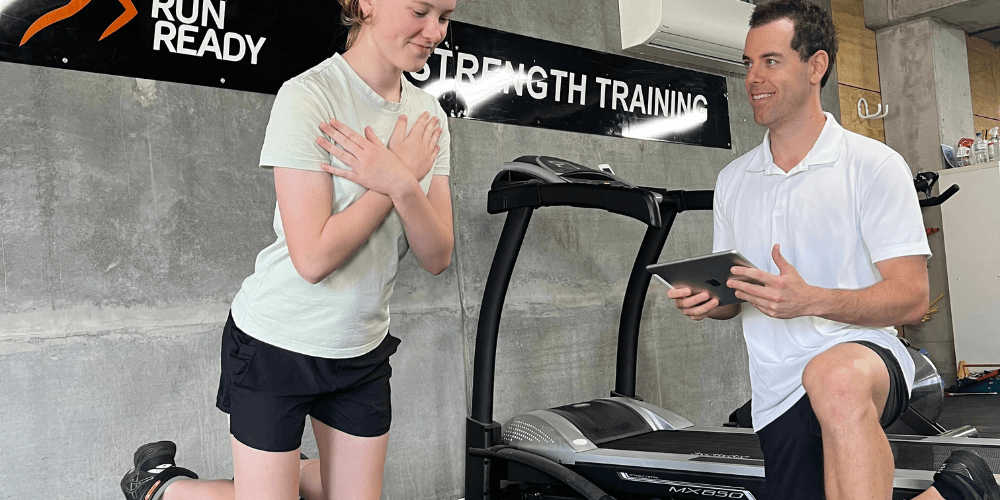
According to the Australian Sports Commission and AusPlay data, netball is still considered one of the top team sports played by women and girls, with a participation of 838,478.
What are the best strength exercises for Netball players?
Netball is an exciting game that requires all body parts to perform jumps better, land stronger, accurately catch the ball, and balance during landings.
It’s an intense sport with fast turnarounds, hence the need for athletes to develop the muscles needed to upgrade their netball skills.
Here are some strength exercises we often incorporate during our training routines:
- Single-leg squat
- Single-leg RDL
- Glute bridge
- Seated leg press
- Side plank
- Calf raises
- Deadlifts
- L-drills
- Shuttle runs
- Climbers
- High-knee tuck jumps
- Pogo jumps
At-Home Strength and Conditioning Exercises for Netball Players
If you’re looking to up your game without hitting the gym, we got you covered!
Here are some fantastic at-home strength and conditioning exercises for netball players like you.
Box Jumps
Box jumps are excellent for developing explosive power and agility. Find a strong platform or box, leap onto it with both feet, step back down, and repeat. This workout simulates the explosive movements required for netball while also strengthening your legs.
Bulgarian Split Squats
This squat variant works your quadriceps, hamstrings, and glutes. Stand a few feet before a bench or chair, stretch one leg behind you, and drop your body until your back knee almost touches the ground. Return to the starting position by pushing up. It’s great for your legs and your balance and stability.
Renegade Rows
Take a pair of dumbbells and perform a push-up while holding the weights. While balancing on one arm, row one dumbbell to your hip. Return to the starting position and repeat on the other side. This movement works your back and heavily uses your core muscles.
Medicine Ball Throws
Find a strong wall and a medicine ball. Step back a few steps, twist your torso, and toss the ball against the wall. Repeat after catching it on the rebound. This practice is great for developing rotational power, which is important in both offense and defense in netball.
Exercises using Resistance Bands
Invest in resistance bands since they are quite adaptable. You may do lateral band walks, banded squats, and shoulder presses with them. Bands give resistance to the activity, forcing your muscles to work harder, which is great for strength and stability.
Plyometric Push-Ups
Take your push-ups up a notch! After lowering your chest to the ground, push off the ground explosively with enough power to raise your hands off the floor. Before landing, clasp your hands together and instantly begin the next repetition. It’s a strong motion that boosts upper-body strength and explosiveness.
Russian Twists
Sit on the ground with your knees bent and your back slightly tilted backward. Hold a weight or a heavy item with both hands and rotate your body to one side, then the other, tapping the ground beside you. This workout is excellent for developing your core, which is necessary for netball balance and stability.
Here are the top 5 world rankings for netball:
- Australia
- New Zealand
- England
- Jamaica
- South Africa
Women originally dominated netball. However, times have changed and netball has now evolved into a sport that’s played by all genders and ages!
Yes, netball can be played by individuals of all ages, including kids! Netball is a great sport to get your kids involved in because it strengthens their cardiovascular system, improves their strength, develops camaraderie and sportsmanship, and keeps them generally fit and healthy.
Basketball was created first in 1891, while netball was created in 1897. While the two sports may seem similar, there are actually more differences between the two. Netball doesn’t require the dribbling of the ball; requires the person to stay stationary while holding the ball; uses no backboard; ball is required to be passed within 3 seconds; and the ring is smaller compared to basketball.
Netball players are called ‘netballers’.

